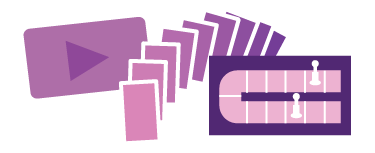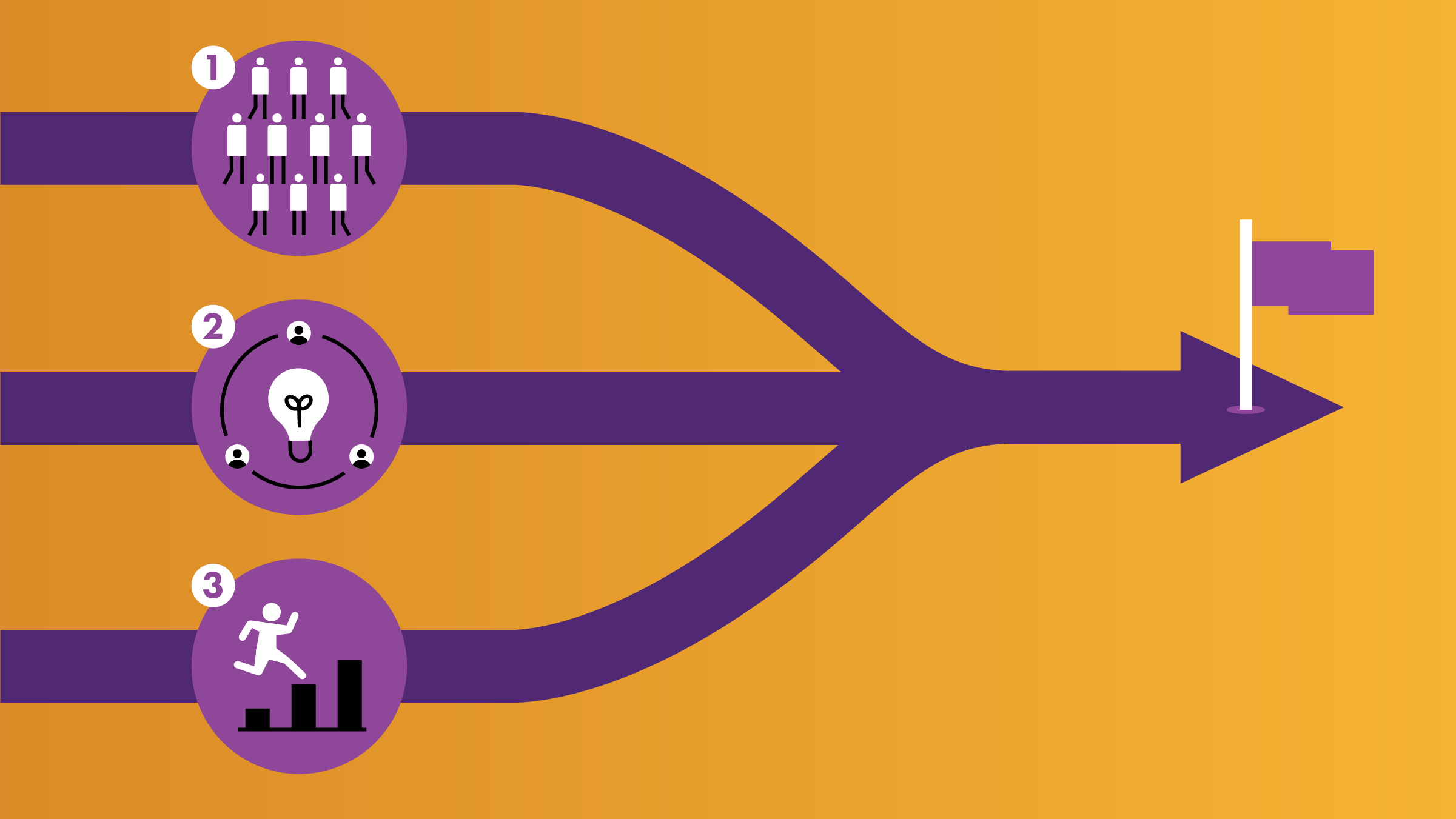With the strategic expertise of a traditional consulting firm and the creative power and process of a design studio, visual design consultancies like XPLANE excel at accelerating organizational change. Here’s how we accomplish this.
There’s no magic formula for making change happen.
Whether you want to implement a new strategy or adopt new ways of working together as a team, any type of change can be immensely difficult.
We’ve grappled with this ourselves, and over 30 years, we’ve developed an approach to change that consistently gives clients the opportunity to succeed at transformation.
Best of all, it’s reliable and repeatable.
Put People First
If there were one “trick” up our sleeve when it comes to achieving successful organizational change, it would be this: Put people first.
When you first seek to understand and then engage your people, you accelerate understanding and adoption of the change you wish to see. That’s because people support what they help build.
And while speed is not a principle we align to, it is an outcome of our modern approach. We have a solid track record of helping clients accelerate strategy and improve behaviors related to change.
Three Principles to Accelerate Change
Our distinctive approach to change encompasses three principles, which collectively move the change process—and people—forward.
Principle #1: Involve the right people early on
Benefit: Fewer stakeholder review sessions and never-ending feedback loops.
People-centered design is central to XPLANE’s way of working.
As we kick off client engagements, our goal is to involve the right people, in the right way, at the right time.
We begin with a small group of vision holders to shape early concept ideas.
Before we develop these ideas further, we invite a representative group of people into our design discovery process.
This diversity of perspectives helps ensure we are on the right design path early in our process.
The result? Move through the design process faster with fewer stakeholder review sessions and design iterations.
Principle #2: Co-create the solution with clients
Benefit: Enable faster buy-in with solutions that fit your culture and ways of working.
We don’t pretend or assume we have all the answers. Rather, we bring clients along through a discovery journey.
As we mentioned earlier, people support what they help build. By inviting key stakeholders to create solutions together, we capture intelligence from inside your organization, build trust in new ways of working, and accelerate adoption and change.
We start with a clear roadmap to guide our work together, but we leave plenty of room to adjust as we go along.
Through various touchpoints with people across the organization, we learn and formulate emerging themes. We invite and encourage people to present new ideas, propose a new direction, poke holes in our thinking, and challenge assumptions. This feedback is welcome because it strengthens the final product. We also observe how the narrative comes together through the lens of our experience, look for potential gaps, and share ideas to consider integrating. We don’t do this work for you, we do it with you.
The result? The right people from your organization shape the outcome so they have more buy-in. Natural advocates emerge, creating excitement and momentum.
Principle #3: Design with agility
Benefit: Successful initiatives that adapt to emerging insights or circumstances.
Designing with agility means building flexibility into a change management strategy, enabling quick response and adaptation when there are changes to the change plan.
We are lucky to partner with a diverse portfolio of global clients with teams of all sizes and unique sets of strategies. We understand the nature of shifting strategies and priorities within organizations. Using a sprint-based approach, we design our deliverables to flow with the natural changing currents of organizations. We are intentional about how we treat content that is longer term as well as how we treat content that may need to be easily updated and refined once the design sprint wraps up.
For instance, we intentionally design certain sections of a deliverable to be editable so the client can make updates as needed.
The result? By operating with a growth mindset, we position clients to learn and iterate as they move in new directions toward their goals. A plan doesn’t have to be perfect to begin implementing it. We want it to evolve over time. By designing with agility, the work of change can continue even as the change plan evolves. If you’re looking to articulate a new vision and get teams moving quickly, XPLANE’s blend of people-centered design and co-creation delivers a highly effective product at a highly efficient pace.
What We Can Do For You
Whether you’re looking to articulate a vision, clarify a strategy, generate greater customer centricity, improve employee experience, or spearhead any other change effort, we can tailor an approach that will propel you toward your future vision.
Here are a few ways we can help; we’d be happy to discuss these or any need you might have. Let’s talk about your goals and possible solutions!

Vision Alignment Sprint
Create and clarify your vision for the future, and visualize it so employees and stakeholders see it, get aligned, and can move forward together.

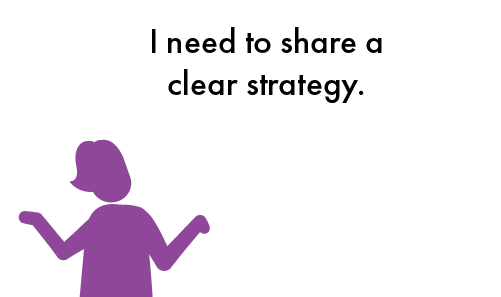
Strategy Development Sprint
Define or refine your strategy in a way that your organization can easily understand, and develop a visualization and a common narrative to equip leaders to share the story consistently.

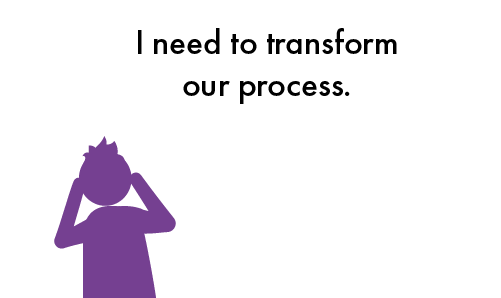
Service Design Sprint
Map your current state stakeholder journey, identify gaps and opportunities, define the ideal future state, and develop a prioritized roadmap to achieve it.
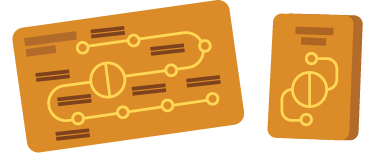
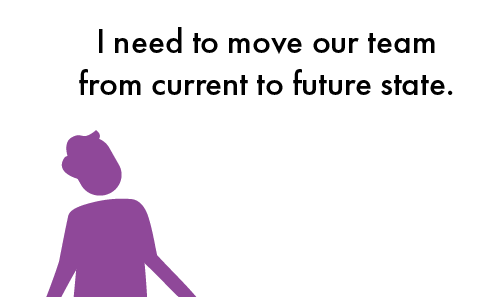
Activation Planning Sprint
Design and craft a change campaign plan and roadmap to ensure your vision, strategy, or transformation effort takes hold and accelerates the result you want.

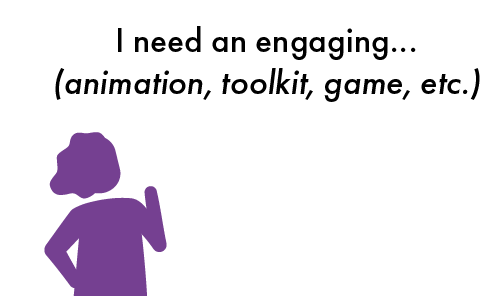
Engagement Tool Fabrication
Design bespoke artifacts as communication and learning aids. Create a replicable experience utilizing card decks, games, events, etc. to accelerate understanding, apply new knowledge, and increase buy-in.
